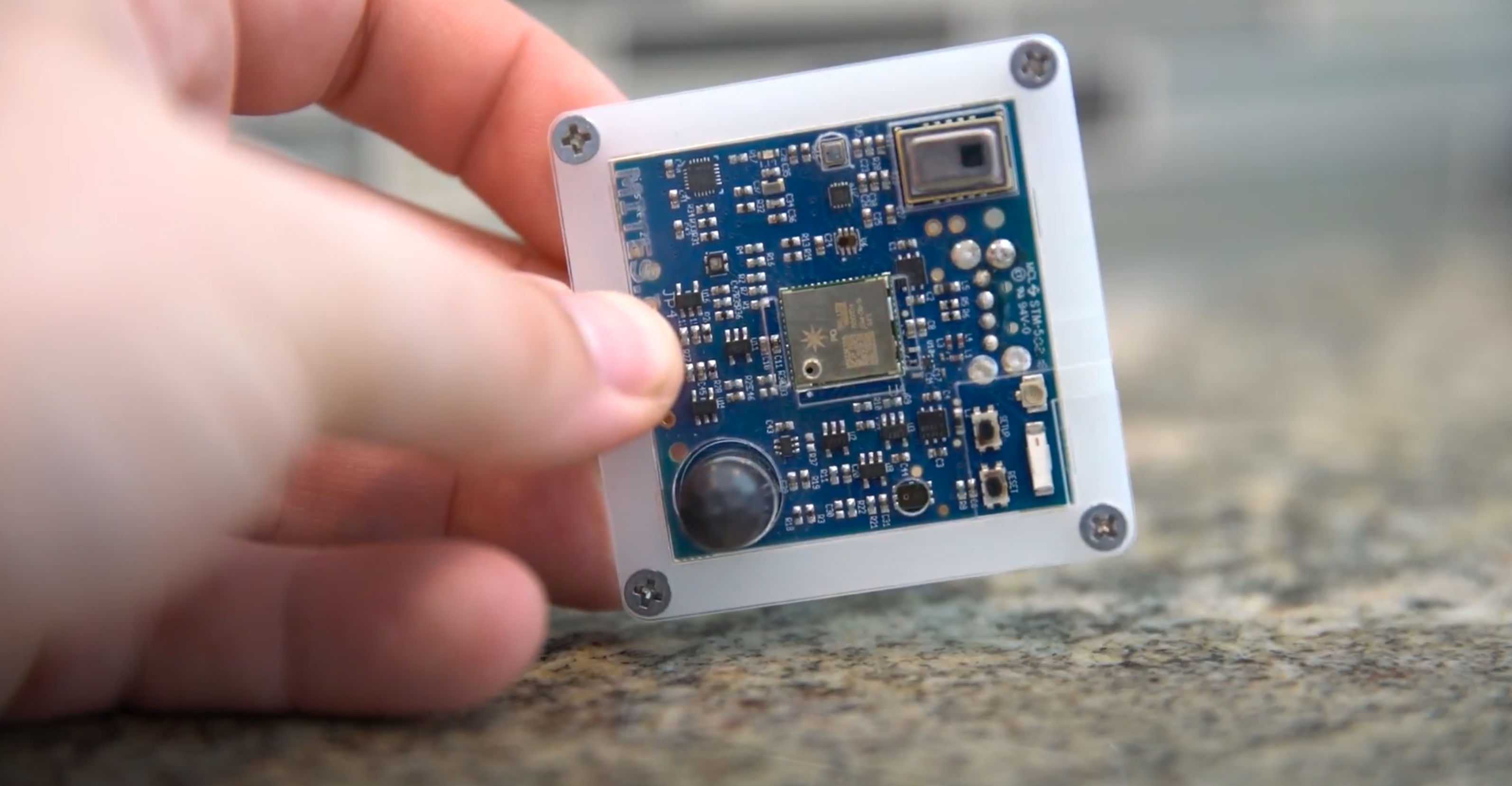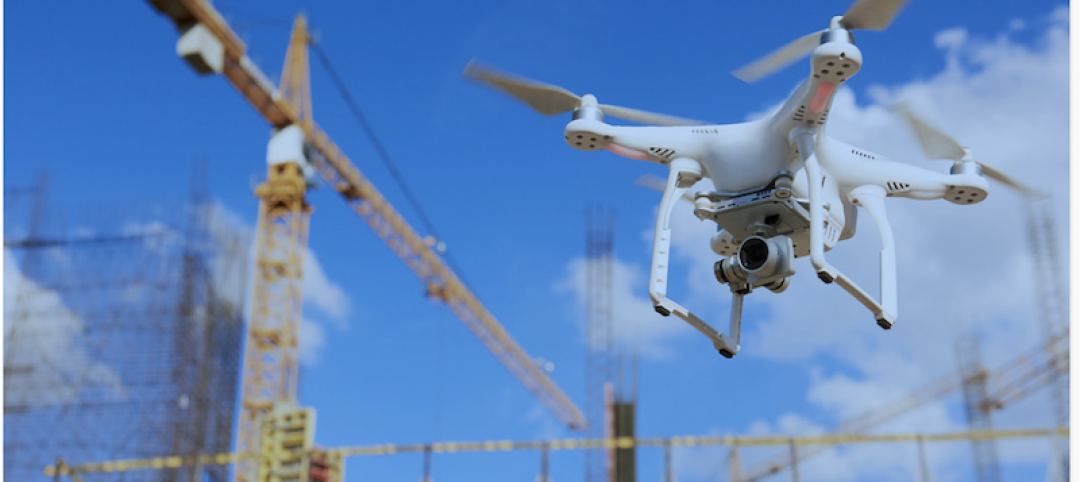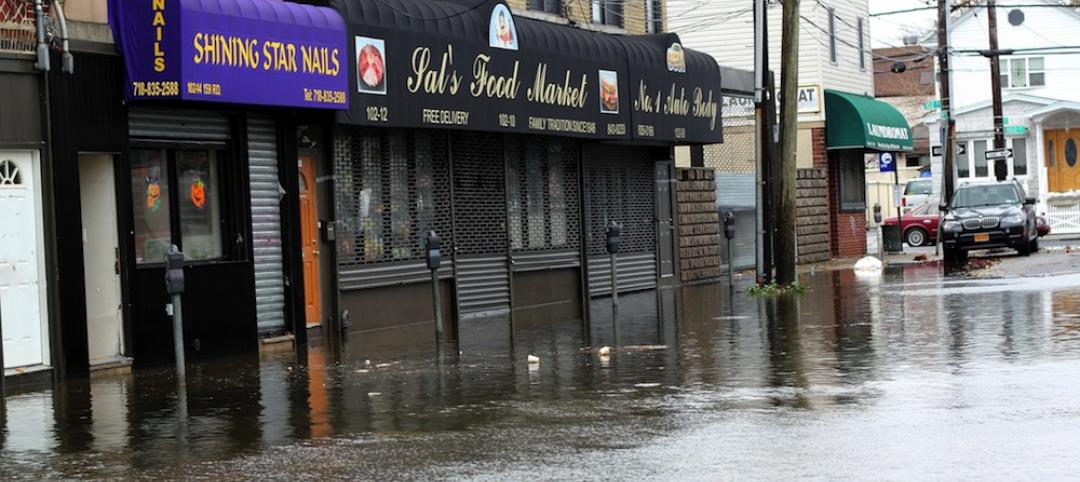A research project to test next-generation building sensors at Carnegie Mellon University provoked intense debate over the privacy implications of widespread deployment of the devices in a new 90,000-sf building.
The light-switch-size devices, called Mites, are capable of measuring 12 types of data, including motion and sound. The sensors were mounted in more than 300 locations throughout the building—on walls and ceilings of hallways, in conference rooms, and in private offices—as part of a research project on smart buildings.
Students and faculty who research the social impacts of technology felt that the device’s microphone, infrared sensor, thermometer, and other sensors, would subject them to experimental surveillance. They objected to the fact that the devices were installed without their explicit consent.
Researchers behind the project had taken steps to anonymize data collected by the building sensors, but that didn’t staunch concerns by building occupants. The project highlights latent mistrust over technologies that can be used as surveillance devices.
“Current IoT systems offer little transparency about exactly what data is being collected, how it is being transmitted, and what security protocols are in place—while erring on the side of over-collection,” according to a report in Technology Review.
Widely reported incidents of smart-home devices such as baby monitors, Google Home and Amazon Alexa speakers, and robot vacuums being hacked or having their data shared without users’ knowledge or consent, complicate the climate for public acceptance of building sensors.
As work continues on the project, how Carnegie Mellon researchers build in privacy safeguards, and how well they communicate those measures to the university community, may be instructive about whether this technology is accepted by the public.
Related Stories
Smart Buildings | Oct 1, 2020
Smart buildings stand on good data
The coming disruption of owning and operating a building and how to stay ahead through BIM.
AEC Tech | Jan 16, 2020
EC firms with a clear ‘digital roadmap’ should excel in 2020
Deloitte, in new report, lays out a risk mitigation strategy that relies on tech.
Urban Planning | Oct 20, 2016
Despite troubled development, Masdar City forges ahead
The detailed master plan for Phase 2 of Masdar City has been unveiled by CBT.
Smart Buildings | Feb 10, 2016
100 Resilient Cities to partner with Perkins Eastman
Perkins Eastman joins 100RC group of Platform Partners to offer resilience-building services to member cities.
Industry Research | Feb 8, 2016
Changing of the guard: Big cities giving way to newer, less expensive offerings
U-Haul truck rental costs are a good early predictor of migration trends in the U.S.
Resiliency | Jan 29, 2016
Section of New Orleans will try new approach to flood control
The city will turn to a retain and control storm water strategy.
BIM and Information Technology | Jan 27, 2016
Seeing double: Dassault Systèmes creating Virtual Singapore that mirrors the real world
The virtual city will be used to help predict the outcomes of and possible issues with various scenarios.
Smart Buildings | Dec 15, 2015
Property owners and developers challenge FEMA floodplain maps
Agency said to be open to revision requests.
Smart Buildings | Dec 7, 2015
AIA Baltimore holds rowhouse redesign competition
Teams competed to provide the best social and environmental design solutions for the city’s existing rowhouse stock.
Smart Buildings | Dec 1, 2015
LEED Steering Committee approves resiliency pilot credits
Three credits address planning, design, and survivability.














